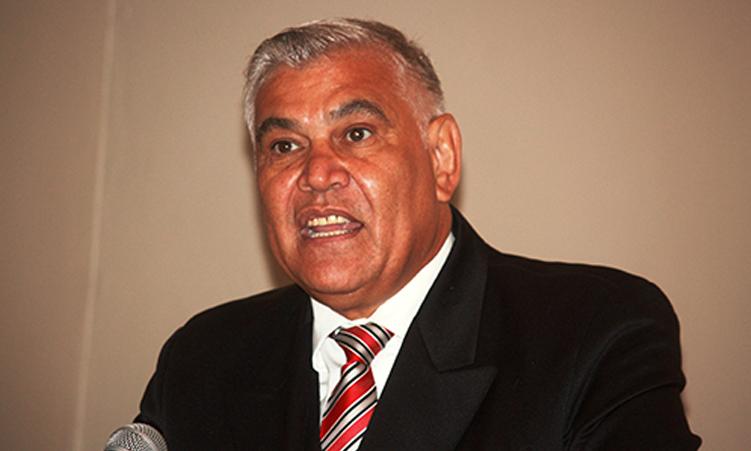WASHINGTON – Timothy Geithner, architect of bank, auto and economic rescue plans, has another high-stake job these days: travelling bond salesman.
The recession, financial crisis and two wars have pushed the US federal deficit above US$1 trillion, a record level that makes the Treasury secretary’s role as chief marketer of US debt tougher than any of his recent predecessors’.Geithner, who travelled last week to the Middle East and Europe, has to convince foreign investors to keep buying Treasury bills, notes and bonds; they hold nearly half of the government’s roughly US$7 trillion in publicly traded debt.’He’s a smart guy but it’s a very, very big task,’ said Dean Baker, co-director of the Centre for Economic and Policy Research, a left-leaning Washington think tank.If foreign demand for US debt sags, that could drive up interest rates and spell big trouble for an economy hobbled by 9,5 per cent unemployment. Higher rates would make it more expensive for consumers to buy homes and cars, and for businesses to finance their operations.In the worst case scenario, a rush by foreigners to sell their US debt could send the dollar crashing and inflation soaring. Because that would also hurt the value of their remaining holdings and the US economy – a key market for their exports – private analysts believe such a scenario is not likely to occur.With the risks in mind, Geithner last week visited Saudi Arabia and the United Arab Emirates, whose vast oil wealth gets recycled into Treasury holdings.Last month, he visited China, the largest foreign holder of US Treasuries. That trip was marked by an extra dose of drama. In March, Chinese Premier Wen Jiabao said his country was concerned about the ‘safety’ of the large amounts of money it had lent to the United States.Throughout these trips, Geithner very much stuck to his sales script, at least in his public pronouncements. He said the Obama administration was committed to guarding the value of the dollar and, once the economy improves, shrinking the deficit.The deficit has been driven higher in part by the US$787 billion economic stimulus package and US$700 billion financial system bailout approved by Congress over the past year.The deficit-cutting proposals the administration has so far revealed would fall far short of what is needed.’If the Obama administration has a credible plan to bring the deficits down, they are keeping it a deep secret at the moment,’ said Michael Mussa, senior fellow at the Peterson Institute and former chief economist at the International Monetary Fund.With nearly three months left in the budget year, the Obama administration forecasts that this year’s deficit will total US$1,84 trillion, more than four times the size of last year’s record tally.Publicly traded US debt – which excludes deficits the government owes to itself in Social Security and other trust funds – stood at 41 per cent of the total economy in 2008. It is projected to climb to 82 per cent of the entire economy by 2019.’If these trends are not reversed, the world will stop buying our debt and the economy will break,’ said Mark Zandi, chief economist at Moody’s Economy.com. -Nampa-AP
Stay informed with The Namibian – your source for credible journalism. Get in-depth reporting and opinions for
only N$85 a month. Invest in journalism, invest in democracy –
Subscribe Now!






